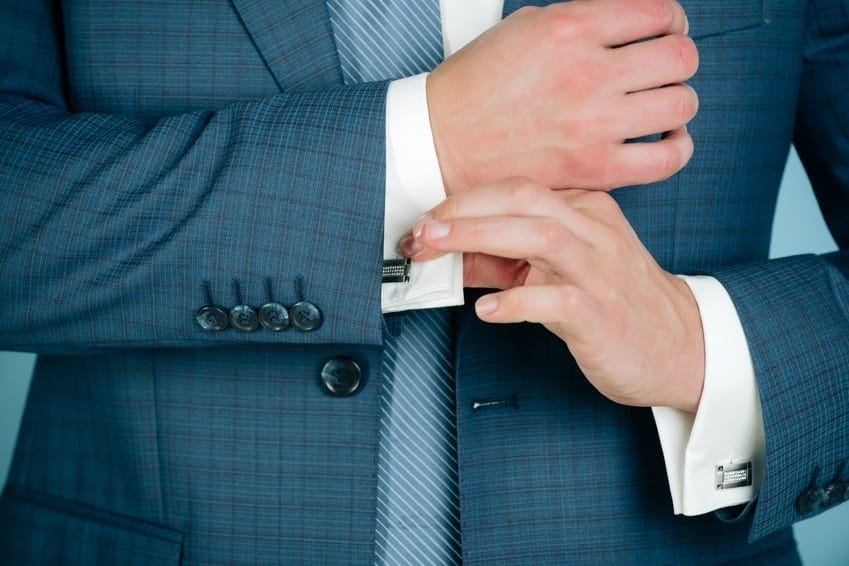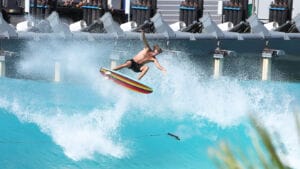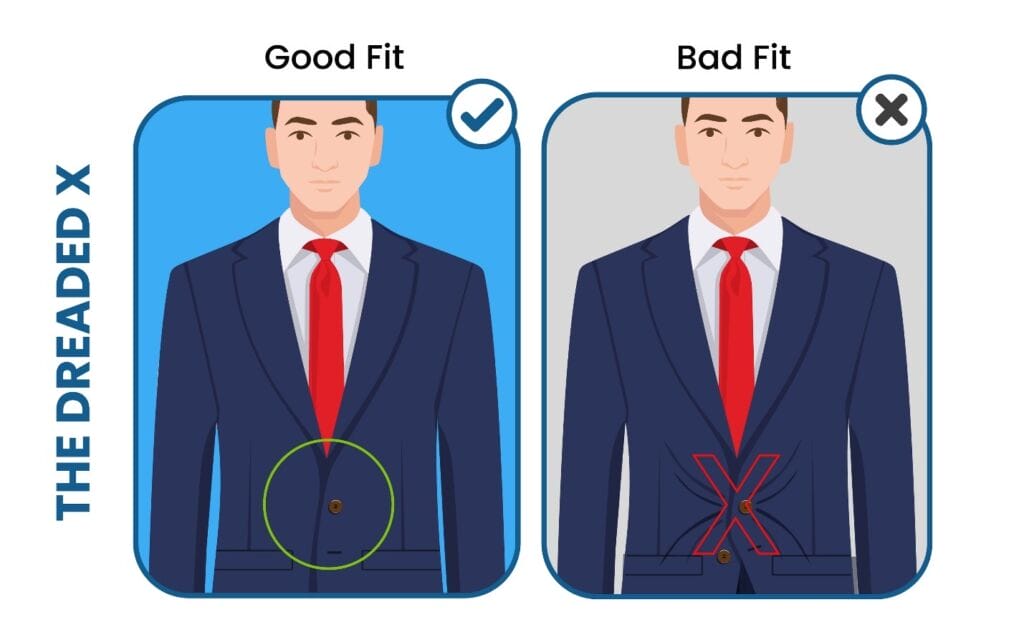
When it comes to anticipating what to anticipate from a suit fitting, there are a few things to keep in mind. Additionally, if you are searching for particular features of a suit’s fit, they stand out as being badly suited.
1. Sleeve length. The end of a sleeve shouldn’t touch the hand. A sleeve should end at the wrist, revealing only a tiny bit of the shirt cuff.
2. Jacket length. The length of the jacket should match the length of the customer’s body. The jacket should end where the customer’s seat meets their thigh as a basic rule of thumb.
3. The collar of the jacket. A jacket’s collar shouldn’t protrude past the neck. There should be no room between it and the shirt collar; it should sit on top of it.
4. Pitch for sleeves. The sleeve pitch not being appropriate for the customer’s stance might result in creases on the front of the forearm or the rear of the bicep.
5. Adding buttons. A well-made suit ought to fit. Just. A well-tailored, contemporary slim-fitting suit should button without causing excessive creases or tugging.
6. Trouser hang. Customers’ pants shouldn’t have horizontal creases at the front from the front of the trousers ‘collapsing’ down. The trousers have to be worn around the customer’s waist and hung from the shoulders.
7. Trouser bottoms. With one little gap, the bottom of the pants should rest on top of the shoe. A well-fitting suit should exude confidence and appear put together.
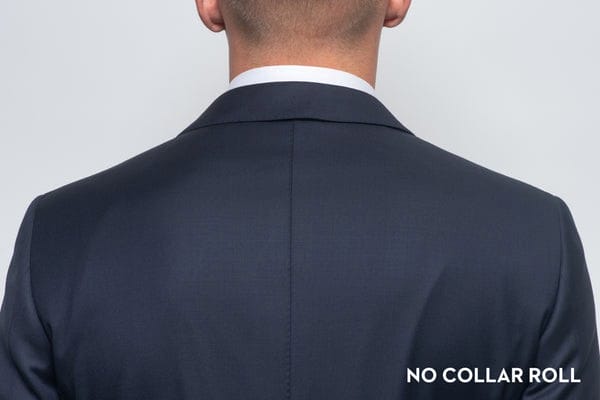
A SUIT FITTING: WHAT CAN BE EXPECTED, INCLUDING WHAT MEASUREMENTS WILL BE MADE?
During the first suit fitting, a bespoke tailor will need a range of measures to gauge the customer’s body proportions and identify the appropriate figure descriptions that will be incorporated into the customer’s custom design. A tape measure will be used by the tailor to take the standard measures, which include chest, waist, shoulders, sleeves, etc. In addition, a tailor will measure the customer and see how they stand and walk when wearing a waistcoat, pants and jacket. These crucial figure details will be included to the design in order to rectify any irregularities resulting from the customer’s posture or form.
WHICH ATTIRE IS BEST FOR A SUIT FITTING?
It’s usually advisable to arrive to a suit fitting as prepared as possible. You have to wear a long sleeve shirt. The real shirt that goes with the outfit, if at all feasible. Again, the actual shoes to be worn would be wonderful. Shoes are usually extremely useful. The same is true for underwear; something same or comparable is preferable.
IF YOU COULD SUGGEST BRINGING THE USHERS FOR A SECOND VIEW?
Maybe the “best man” or a “usher.” The guy wearing the suit and the tailor creating it, in my opinion, are the ones who design it best. A group’s design will always be a compromise between divergent viewpoints.
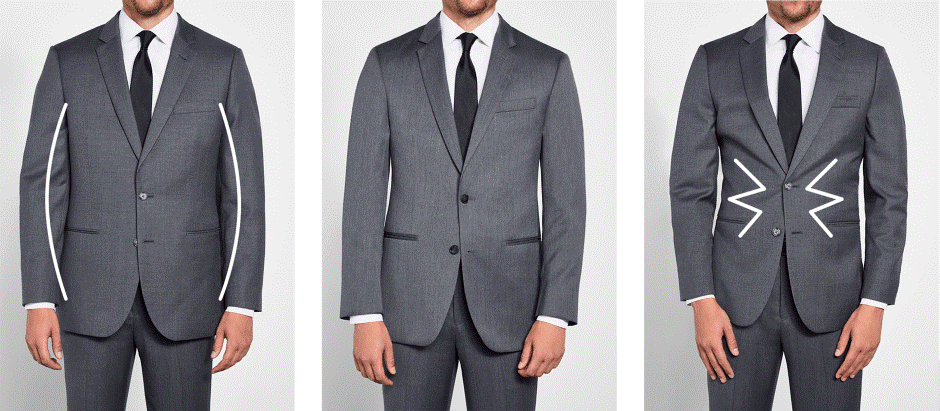
WOULD YOU SUGGESTS GETTING A SUIT FITTED BEFORE BUYING IT OFF THE RACK? WHAT WOULD BE THE COST OF ALTERATIONS?
That’s what a “Ready-Made” outfit is. It’s an outfit that was manufactured before. Details like trouser and sleeve length may be altered with minor adjustments. However, we would advise against making any more intricate changes. Trying several brands, sizes, and styles is preferable than making alterations to a ready-made suit. Numerous brands and designers may be found on the high street, each with a distinct fit and style. Finding the one that fits your form or style is usually the key. We would advise going to a tailor to have a custom suit if you are unable to locate one that fits your size or style.
CAN YOU EXPLAIN TO US HOW TO HAVE A BESPOKE SUIT MADE? WHAT ARE THE FITTINGS AND APPOINTMENTS NEEDED FOR THIS?
Research is the first thing to do while getting a suit constructed. Numerous tailors are available, each providing varying degrees of assistance. Using Pinterest and Instagram to compile a collection of suitably styled photographs that you like is also beneficial. Setting up appointments to speak with tailors is the second step. You can take an appointment here: https://albertonardoni.com/collections/tailcoat-suits. Your tailor should be someone you can trust and get along with so that together you can create a suit that completely meets your needs. After deciding on a tailor, you should schedule a time for the initial fitting. Usually, this occurs three months before the deadline for completion. You will select the fabric, lining, and style at this fitting, in addition to getting measured. Your suit may need two or three more fits before it is finished, depending on the quality of service and tailor you have selected. The tailor will continue to make changes to the suit at each fitting, and you will be able to watch how your design is coming together until it is finished.
Is it necessary to know the bride’s dress to ensure that your outfit matches hers?
This is seldom without controversy. It goes without saying that a groom shouldn’t see his bride’s attire before the wedding due to custom, unluck, etc. However, before creating the wedding outfit, it helps to have some fundamental knowledge. Knowing the dress’s overall vibe—such as “vintage,” “evening,” “formal,” or “traditional”—can assist us select a fabric or style that will complement rather than overpower. In my view, this fundamental information does not technically teach the Groom anything new. The type of dress is information that might have been deduced anyway, as the style of the dress would often guide the wedding arrangements.
WHICH FABRICS ARE BEST SUITABLE FOR EACH SEASON?
We generally don’t advise using various textiles for different seasons. In the context of weddings, we prefer to suggest materials according to the wedding dress, venue, style, and color palette (if applicable).
CONCLUSION: TO GET THE RIGHT RESULT
A well-fitting suit goes beyond mere fit; It exudes confidence and looks put together. This guide has given you the knowledge to find the perfect fit and navigate the suit-fitting process, whether it’s an off-the-rack purchase with minor adjustments or a completely bespoke experience. Remember, the result of clear communication with your tailor, careful attention to detail, and lots of accessories to ensure the final product gives you a flawless look.

